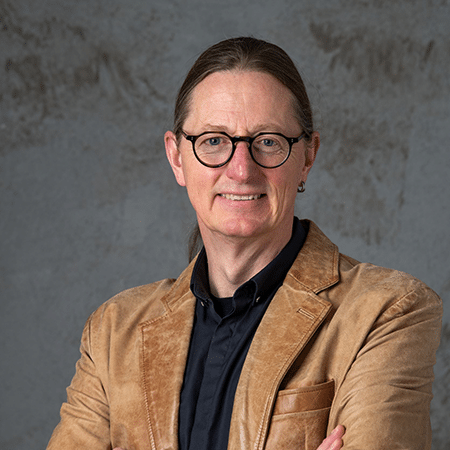The CIB Board consists of a broad range of individuals who hold senior leadership positions within their countries’ research and/or academic communities.
Each month we’ll introduce a Board member and ask them 3 questions on their organisation, how they see the benefits of CIB, and what they would like to achieve through the organisation in the coming years.

In this post we hear from Kim Haugbølle who is a Senior Researcher at BUILD – Department of the Built Environment, Aalborg University and also a CIB Board member and Programme Committee Chair.
How would you describe your day job and areas of research interest?
My main research and implementation interest is focused on bridging the gap between the short-termism of the industry and the long-term performance of the built environment. Hence, I have developed a tool for lifecycle costing and is deeply involved in the sustainable certification scheme DGNB. My daily work life is distributed between teaching, governmental consultancy work and management of externally funded R&D projects at BUILD, Aalborg University. Contrary to many other university researchers, I don’t do much teaching at the university, but I give a lot of lectures and courses externally for industry practitioners. Besides that, the main part of my daily work life is consumed by meetings of various kinds – administrative meetings, project management, grant proposals etc.
What is your role on the CIB Board and how do you see the priorities?
My role in CIB is to chair the Programme Committee on behalf of the Board. A main responsibility of the Programme Committee is to oversee and support the activities of the various Working Commissions and Task Groups to ensure that we as a community support the strive towards a better built environment and provide as much value for the CIB membership as possible. Over the 70 years of existence, CIB Working Commissions and Task Groups have delivered a long range of valuable contributions e.g. providing the foundation for a change of building codes in many countries and developing new production and testing methods. If we as a community are still to be relevant, timely and impactful, we need to ensure that Working Commissions and Task Groups are still vibrant and inspiring learning sites for both senior and early career researchers.
How would you promote the value of CIB to someone thinking about joining?
How would you promote the value of CIB to someone thinking about joining?
I believe the best way to promote the value of CIB is to tell the story of how CIB have become part of my entire professional career. As a young PhD student, I joined my first international CIB conference on sustainable construction in the early 1990s. It was an amazing experience that made me high for a very long time after. I had the great pleasure of meeting many exiting people among others the then Secretary General Wim Bakens and a number of researchers from around the world. Ever since I have tried to participate in as many CIB conferences as possible to present my own work, maintain and extend my international network, have fun with colleagues and frequently having my mind opened up to other perspectives on the built environment. I wouldn’t want to have missed that.


